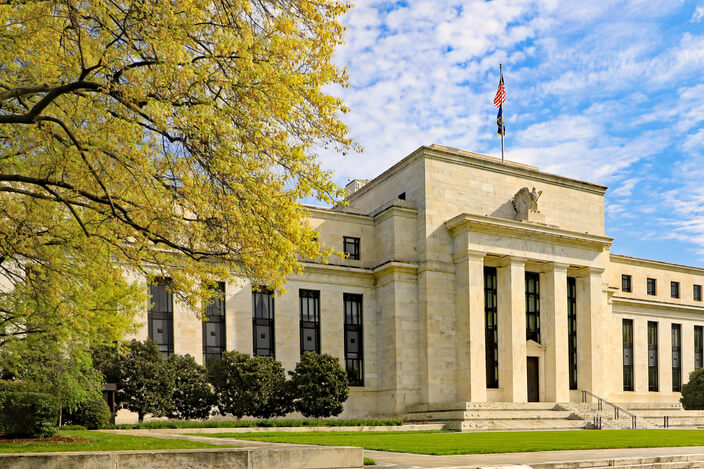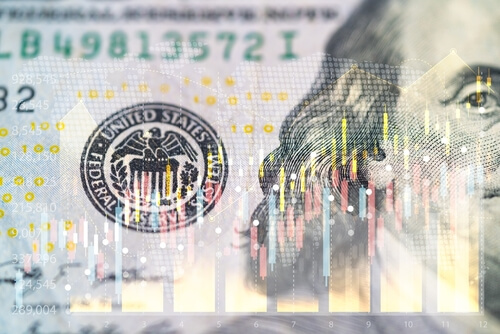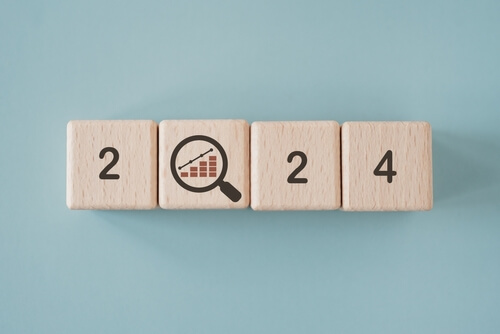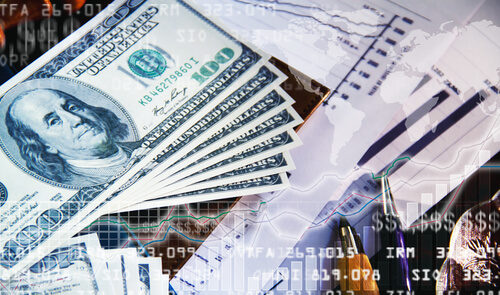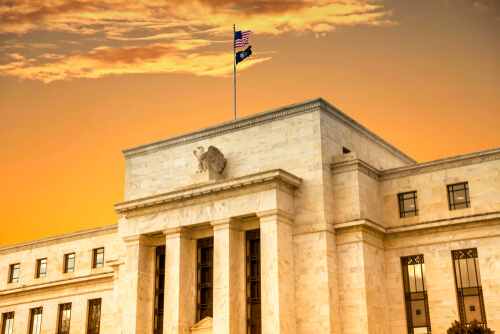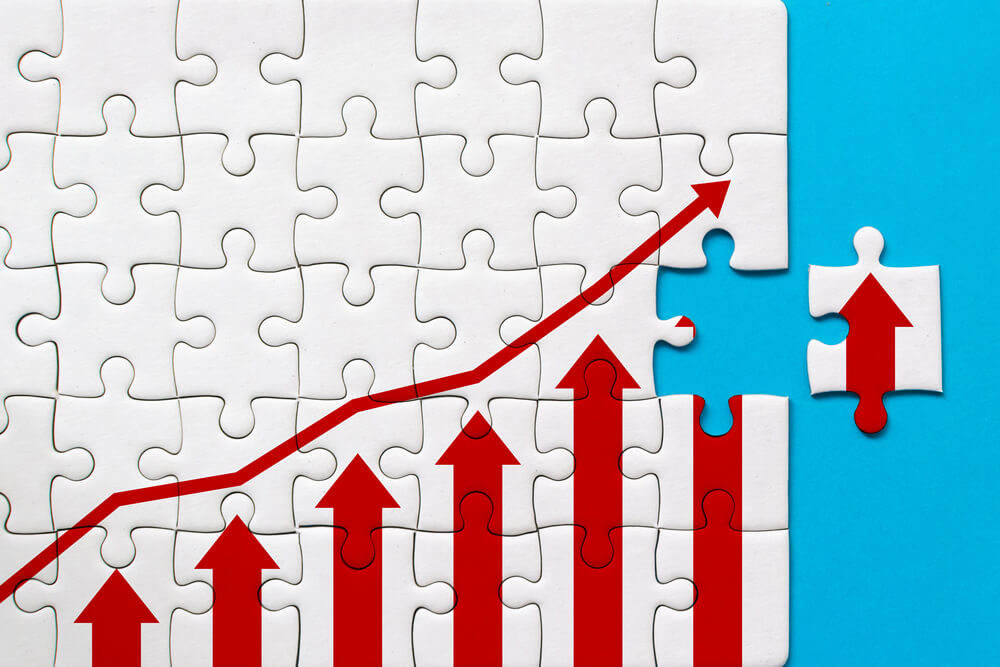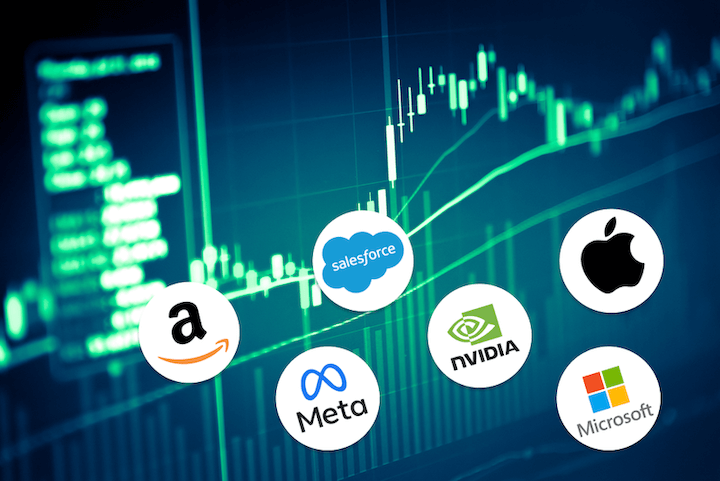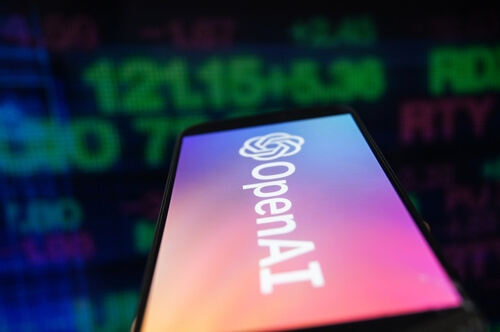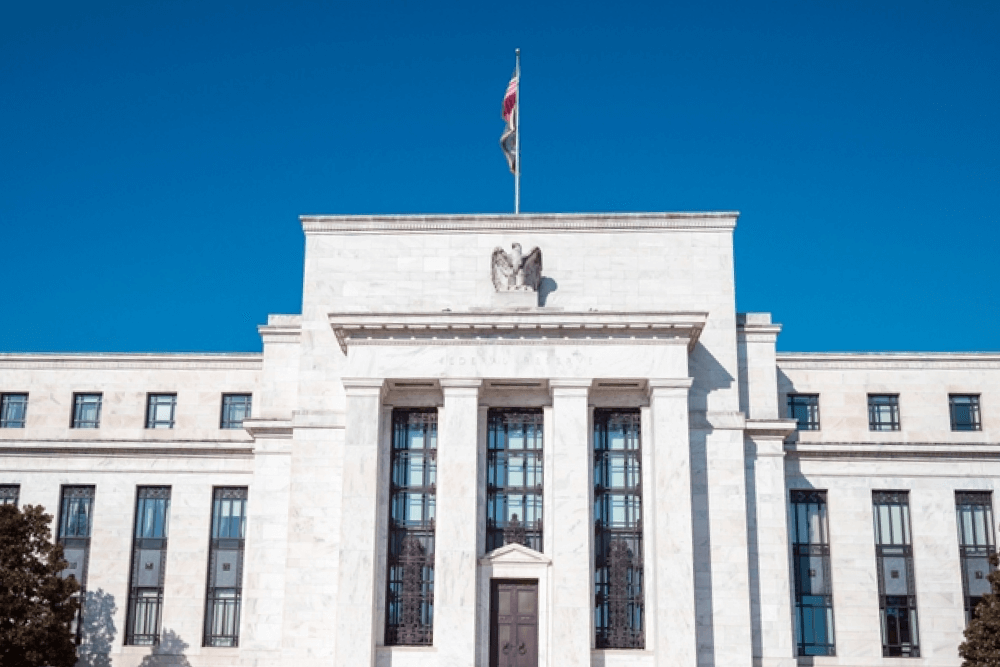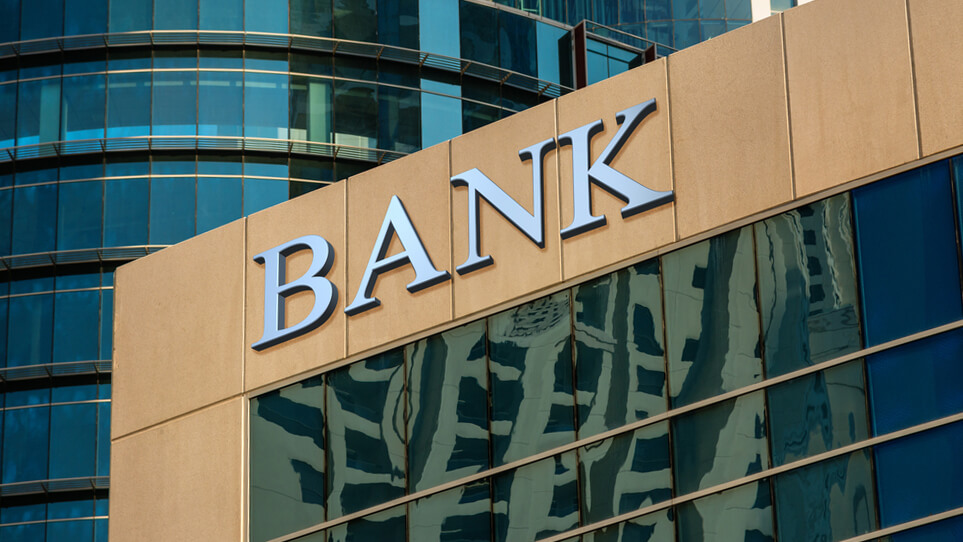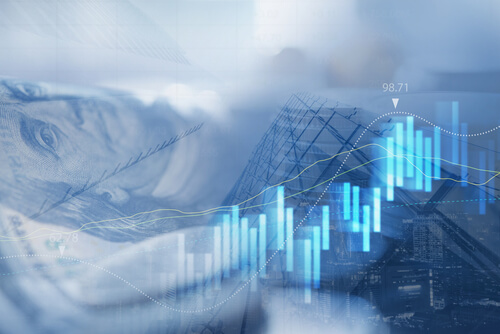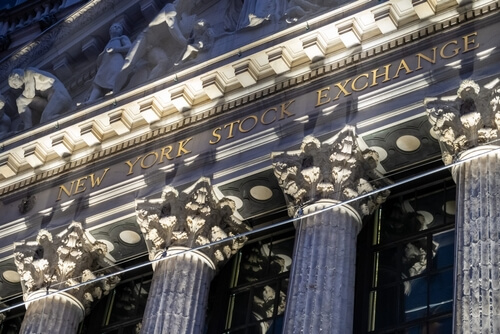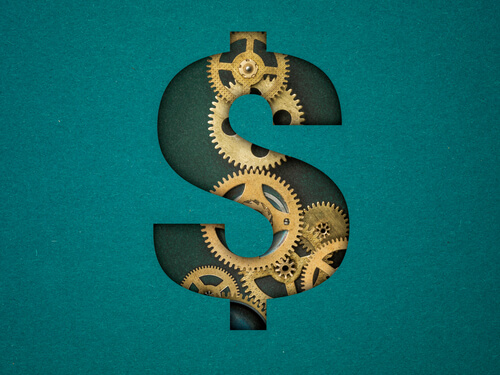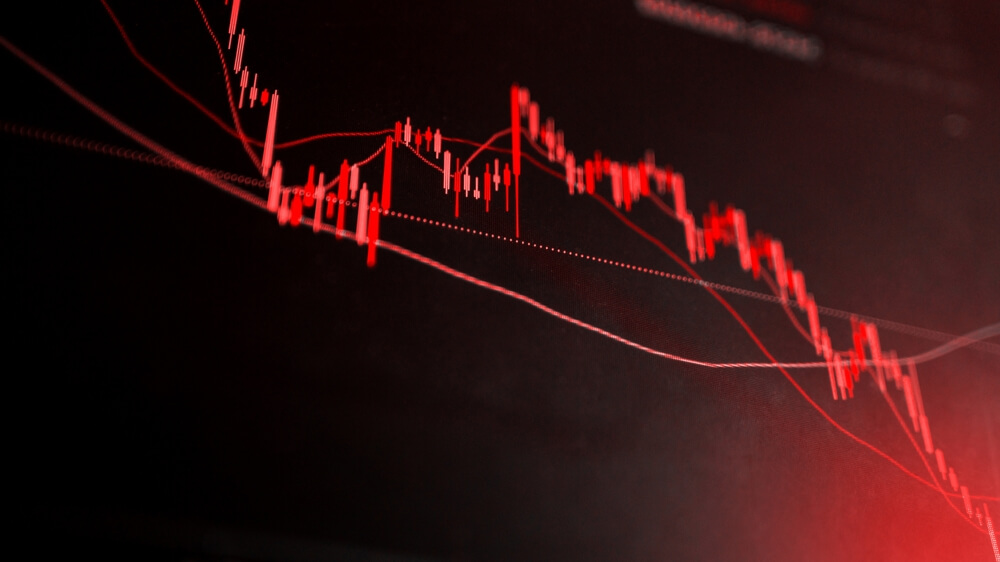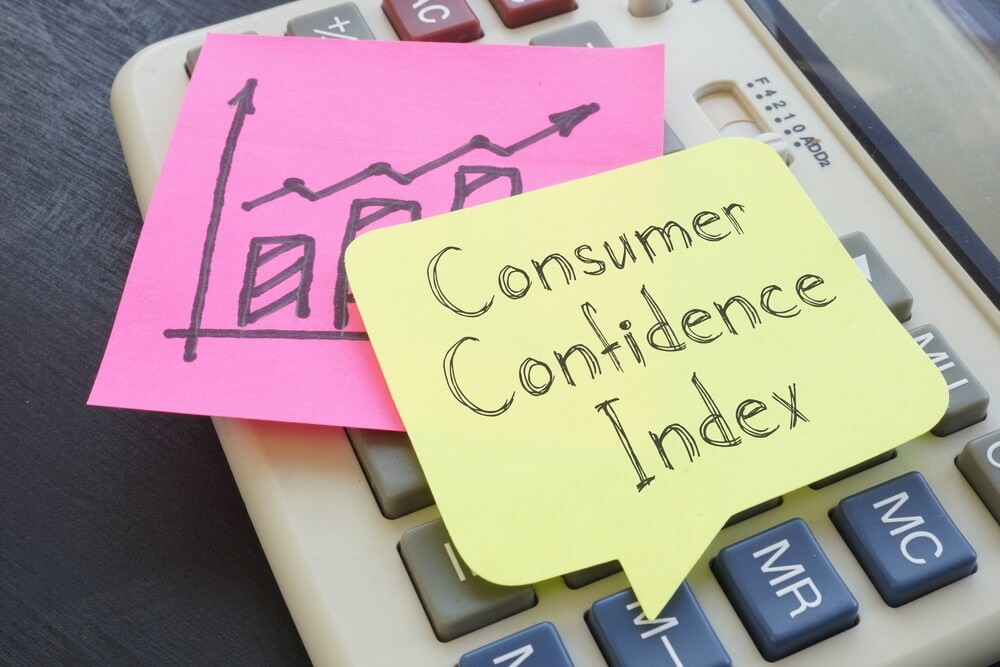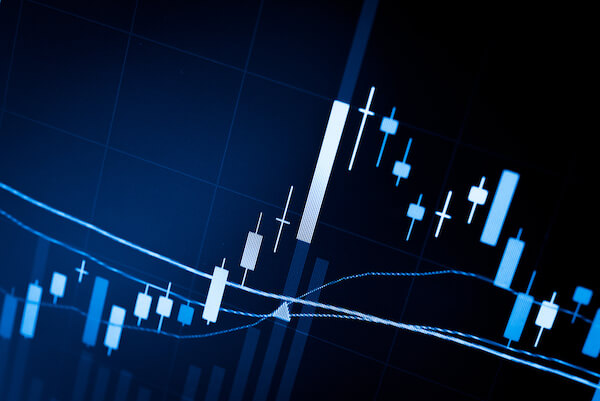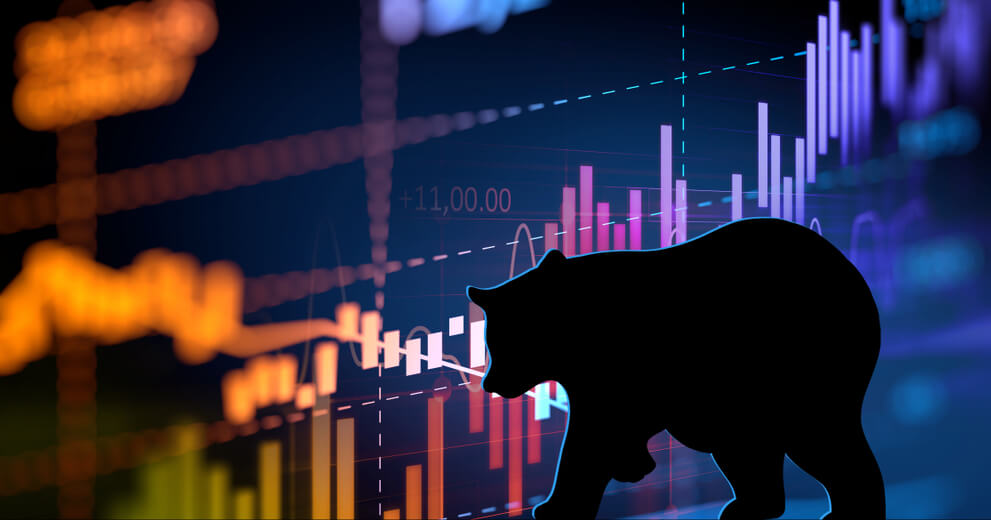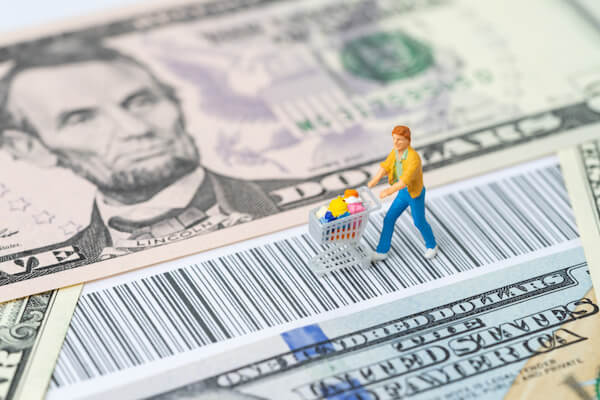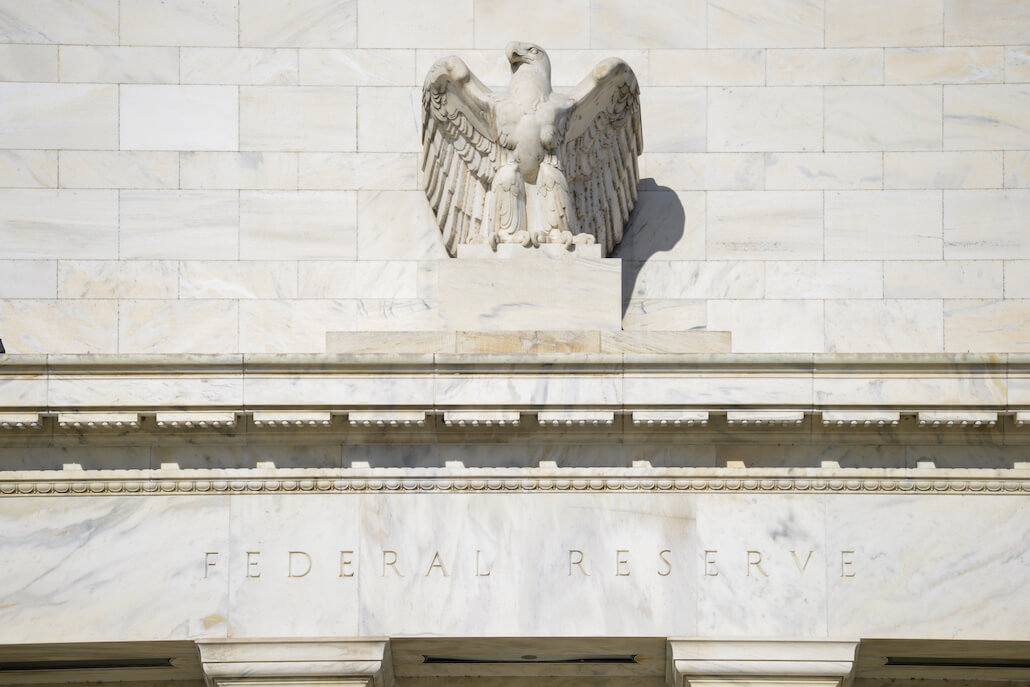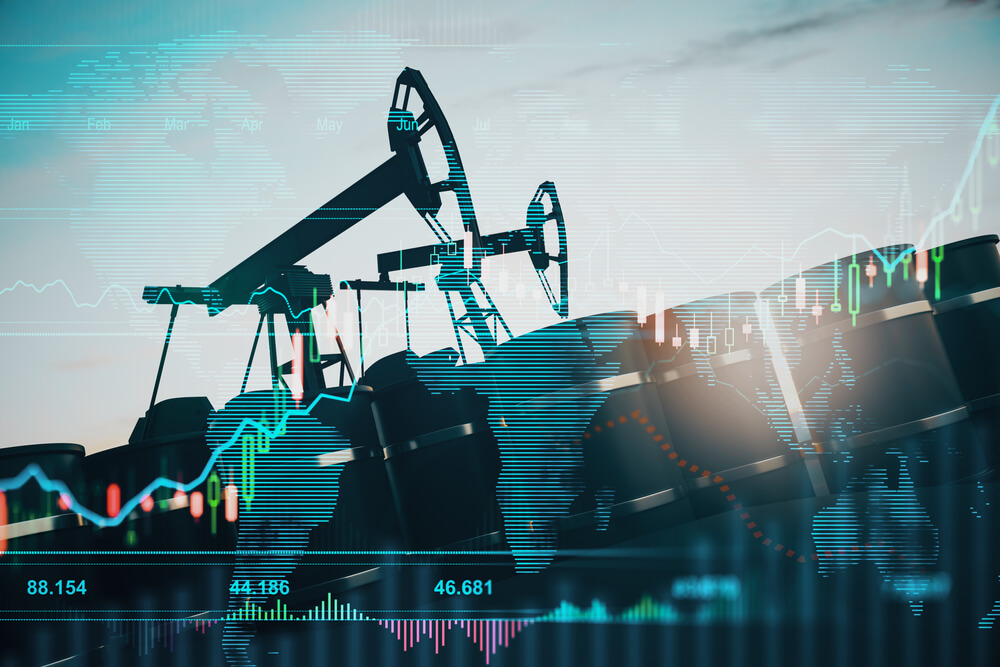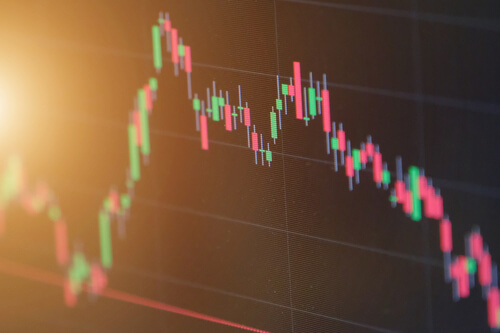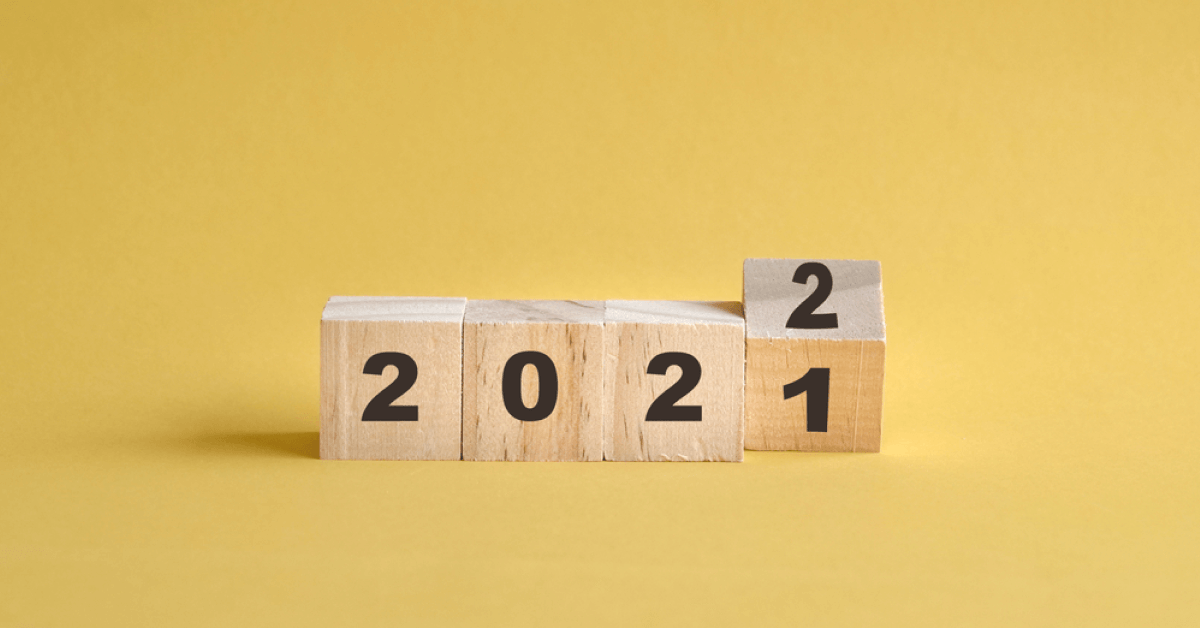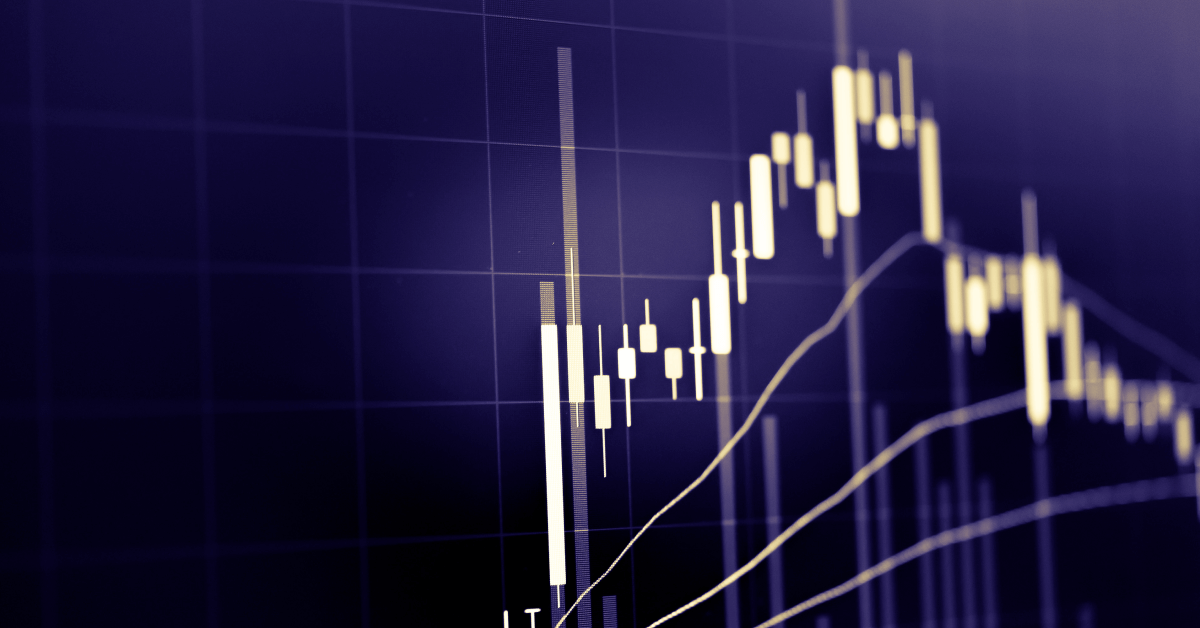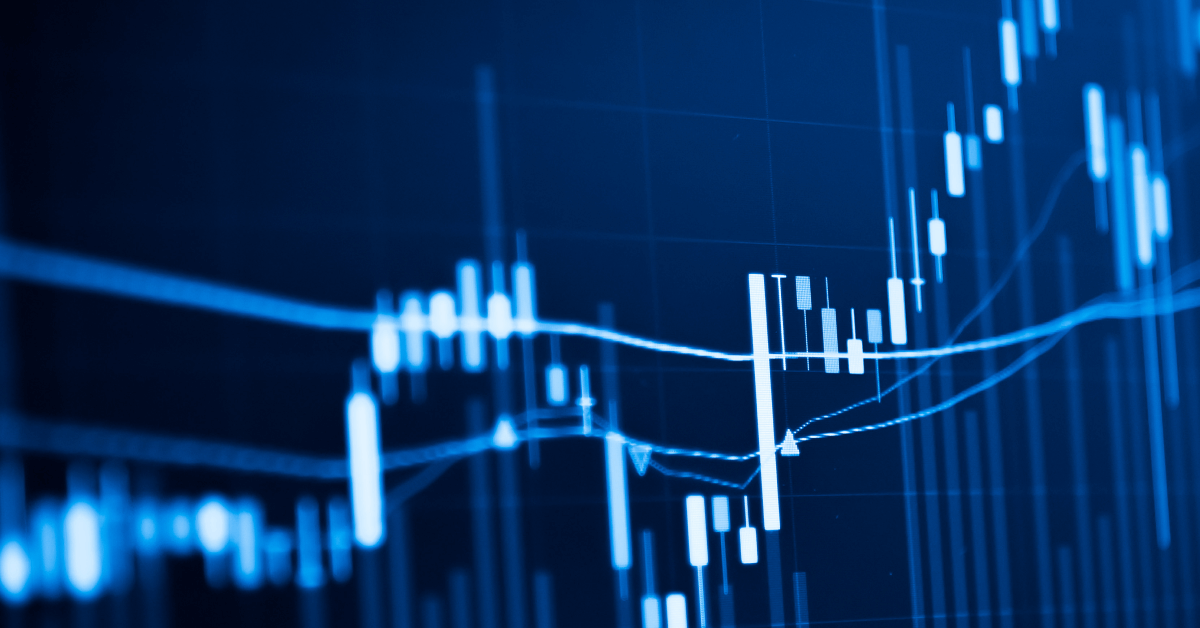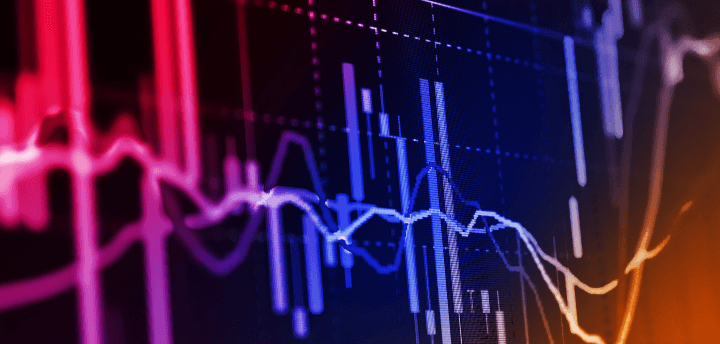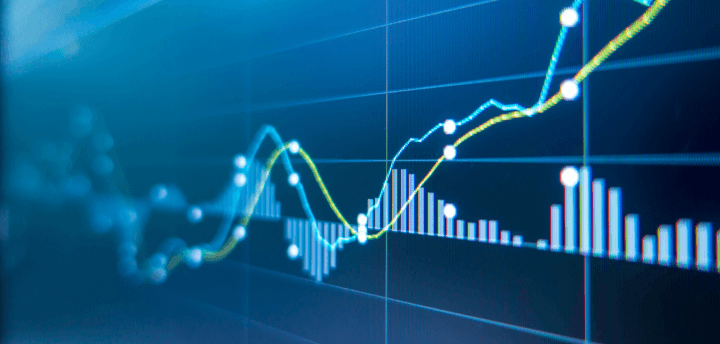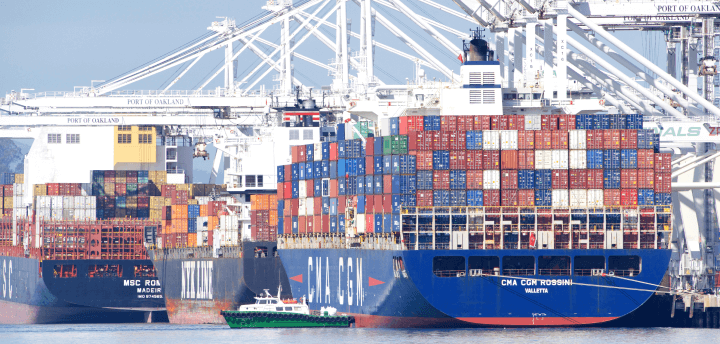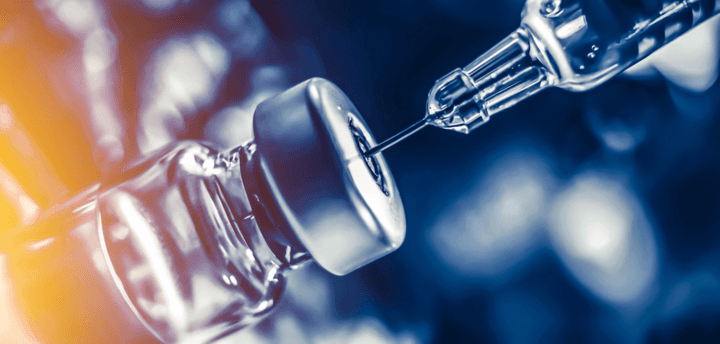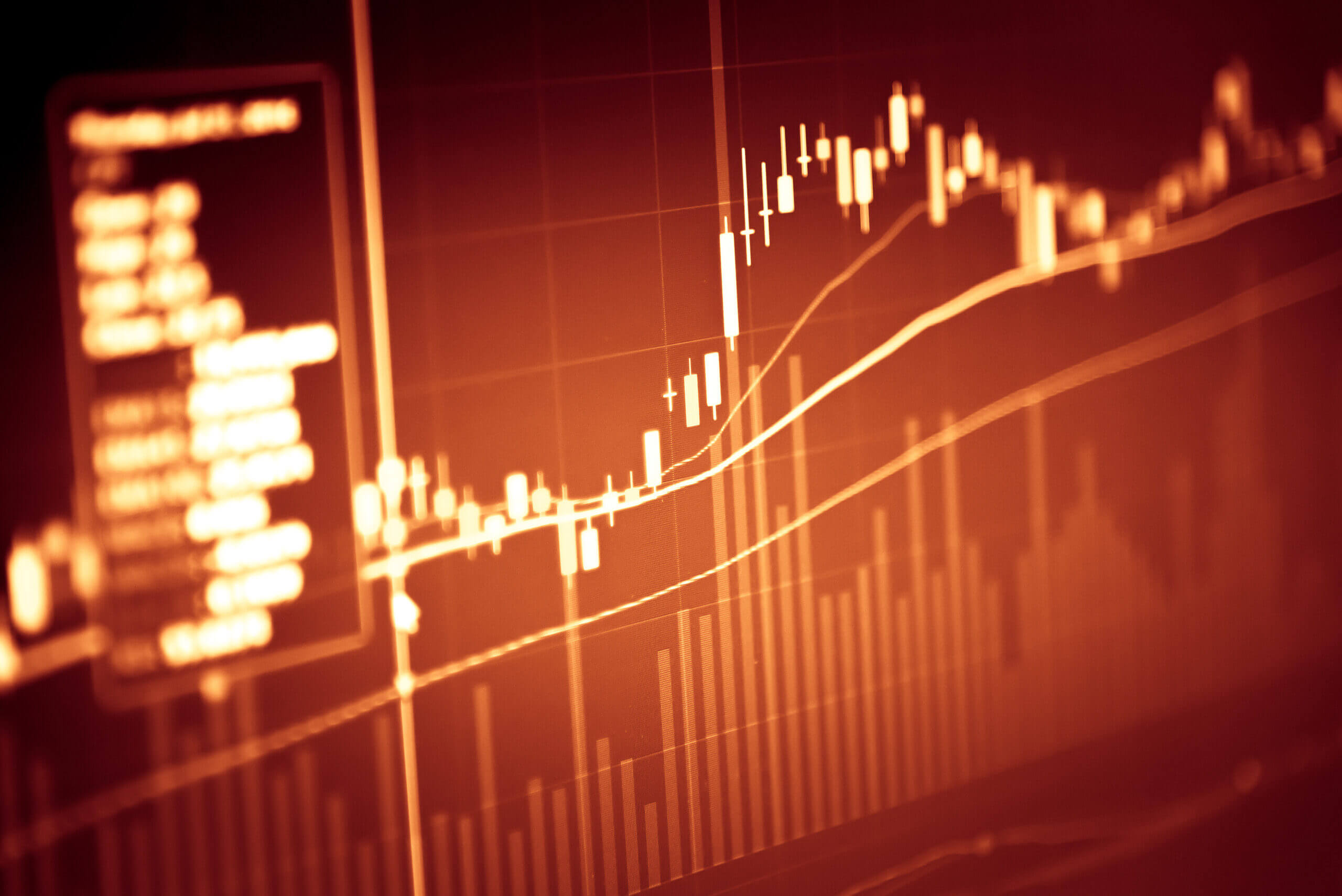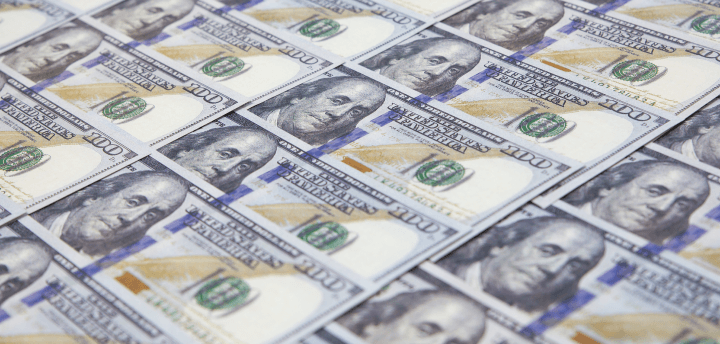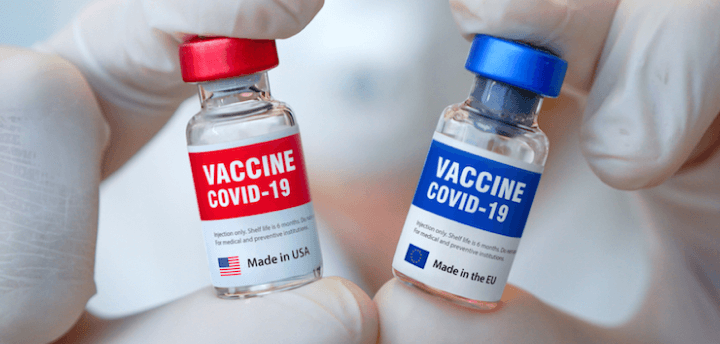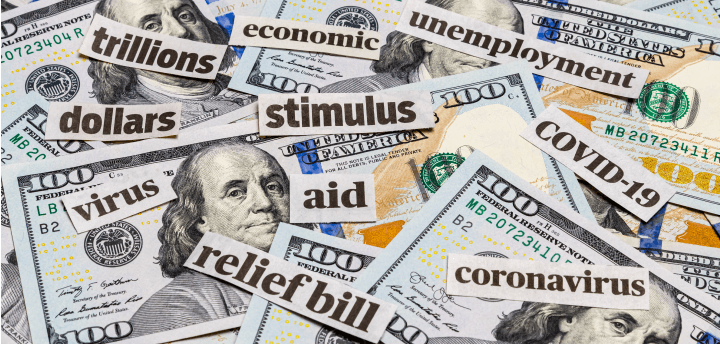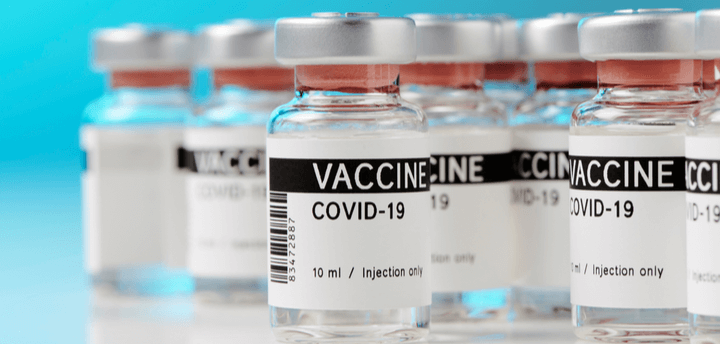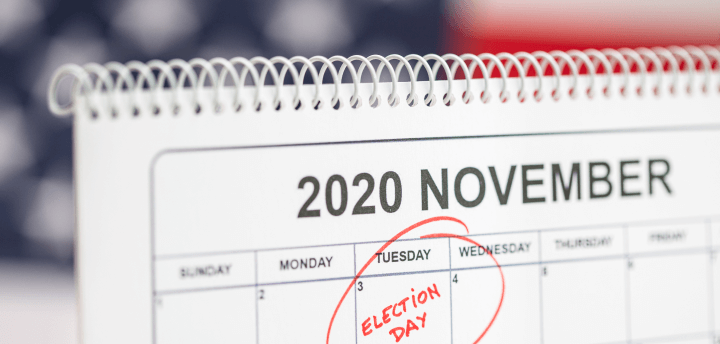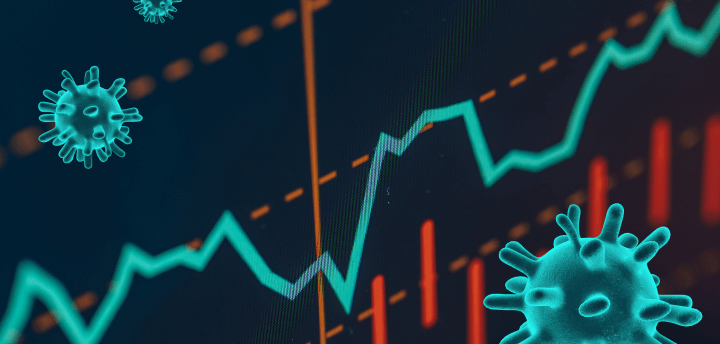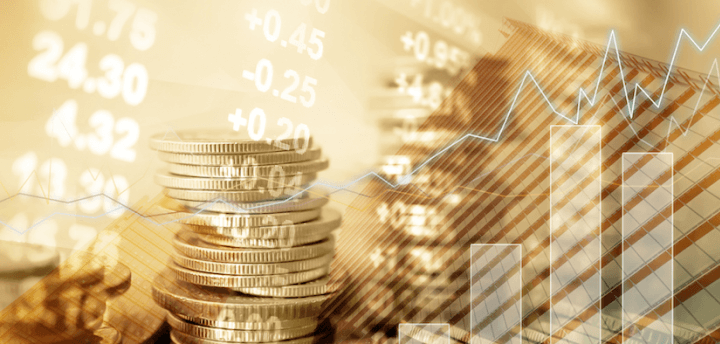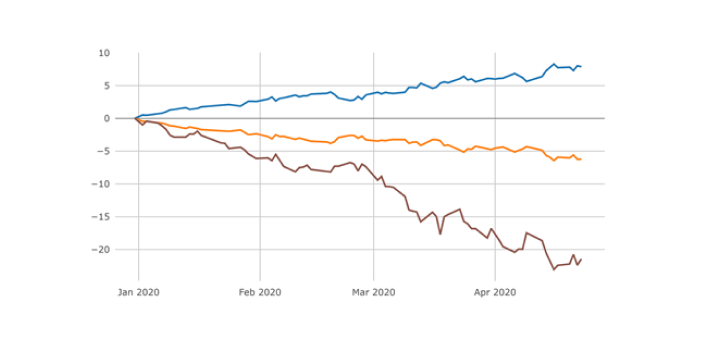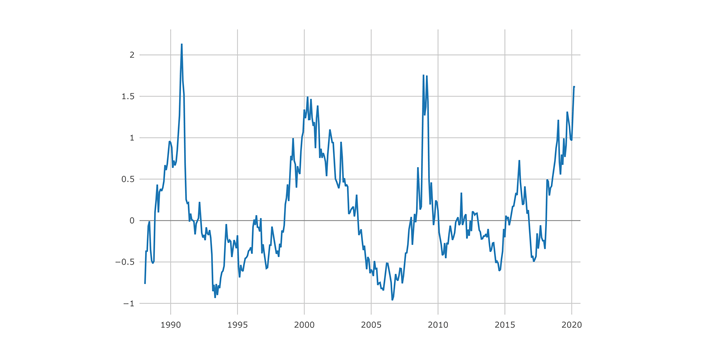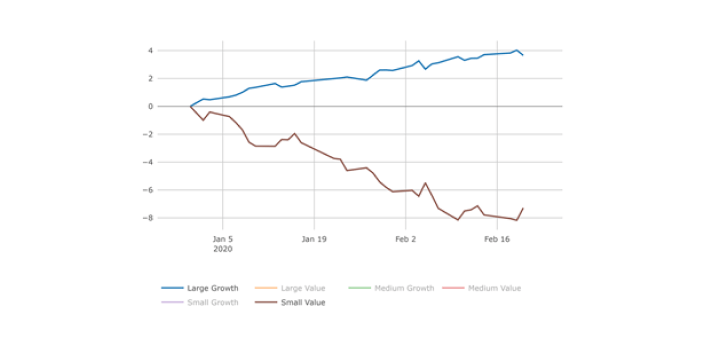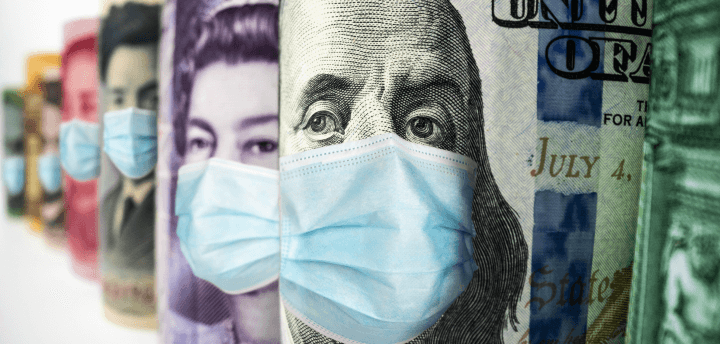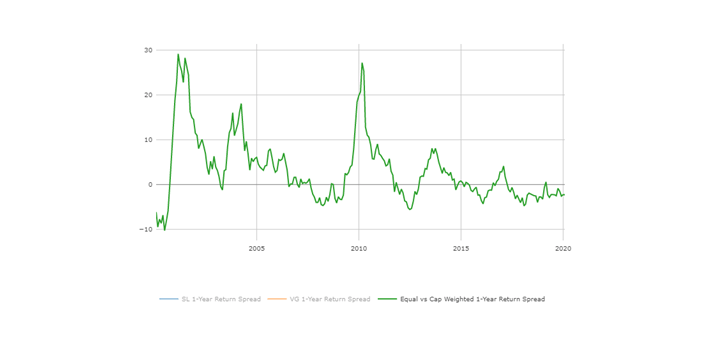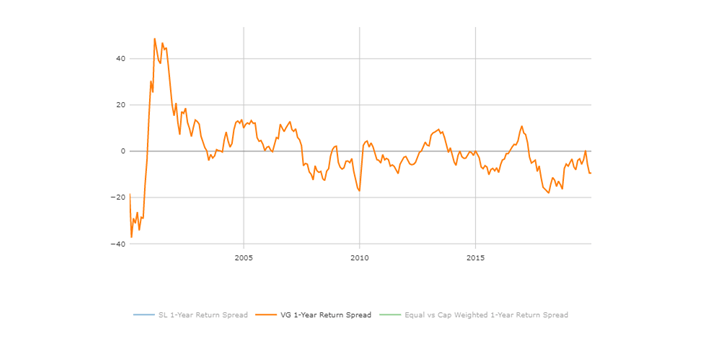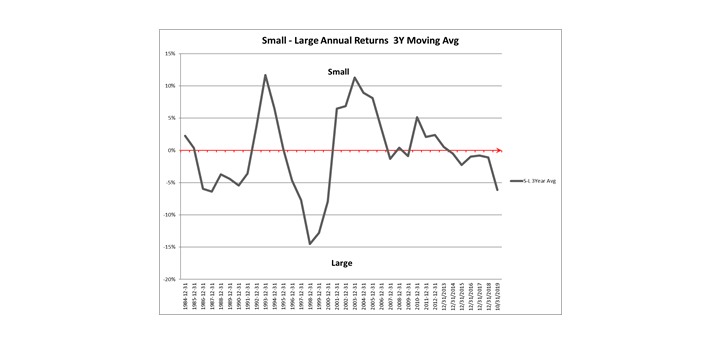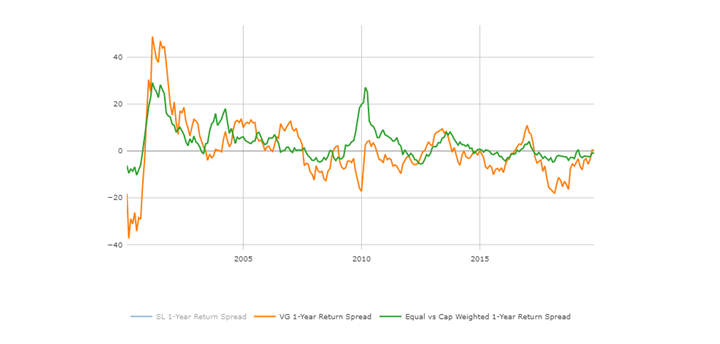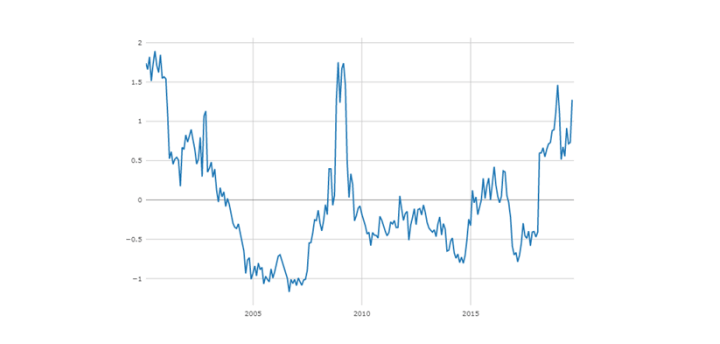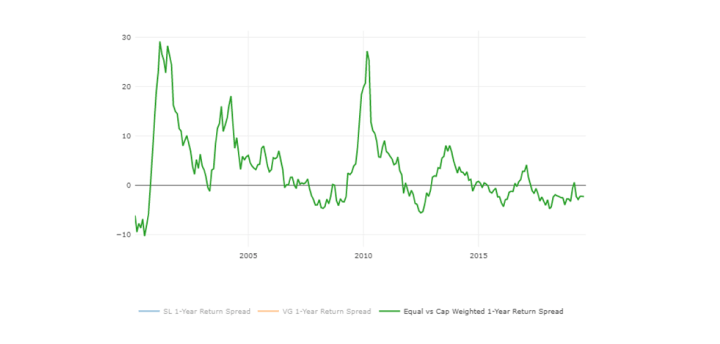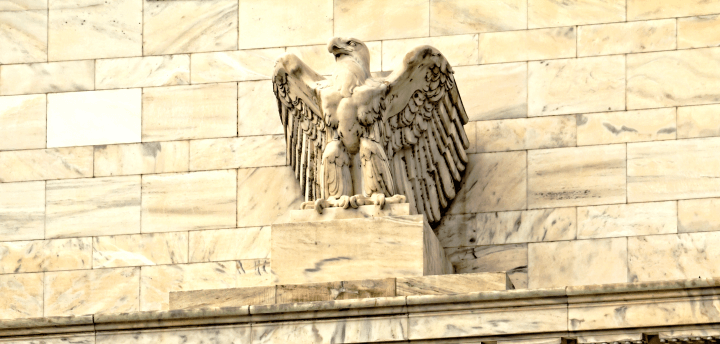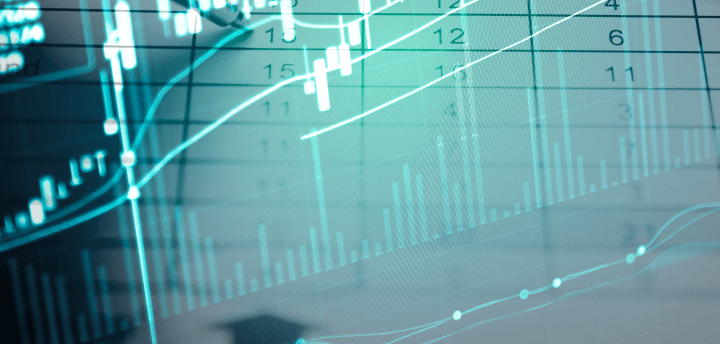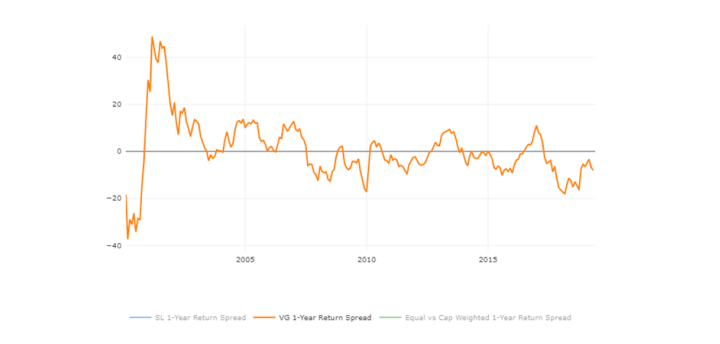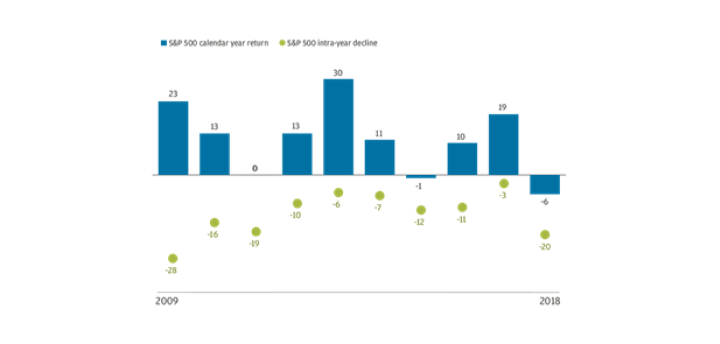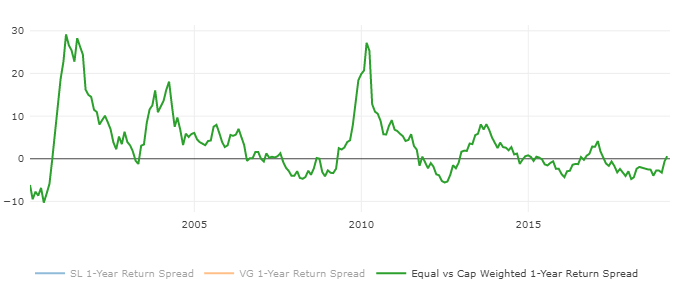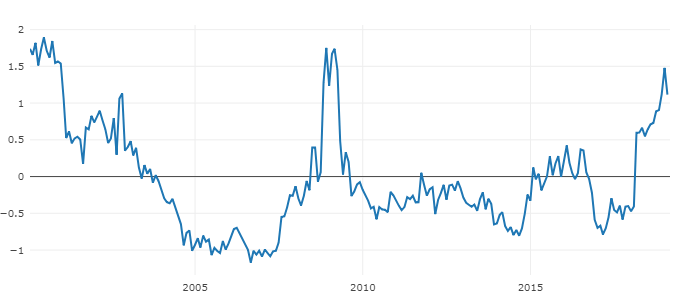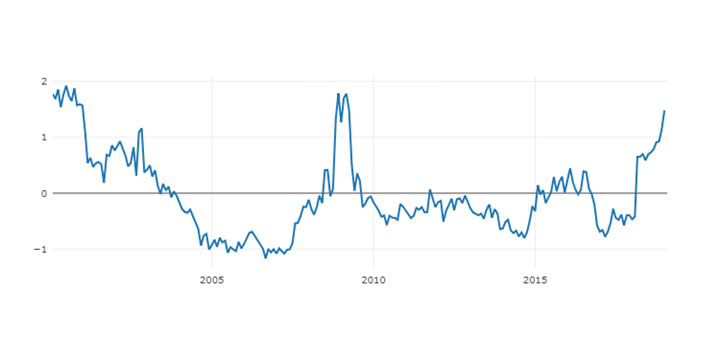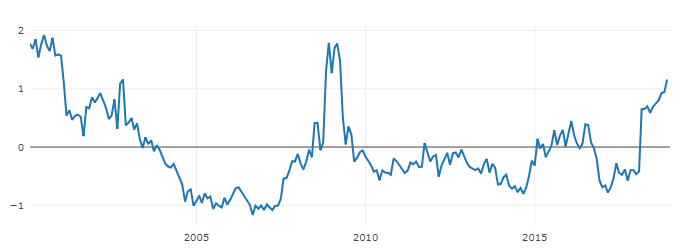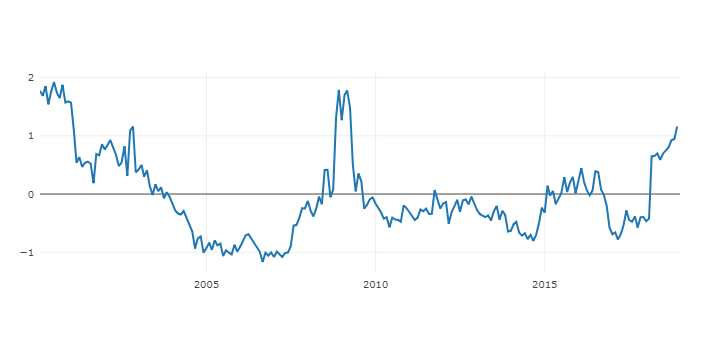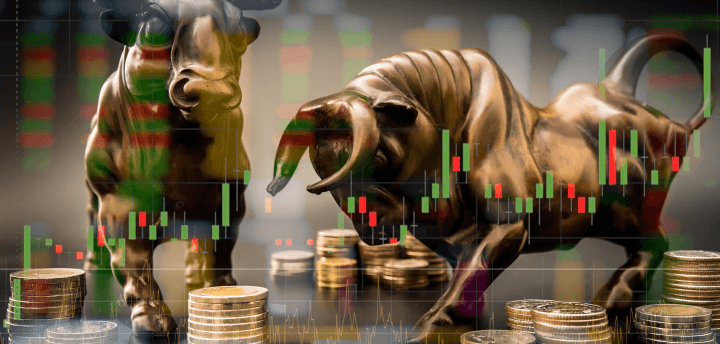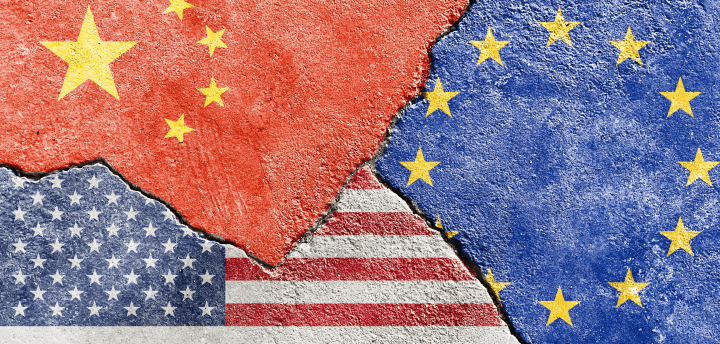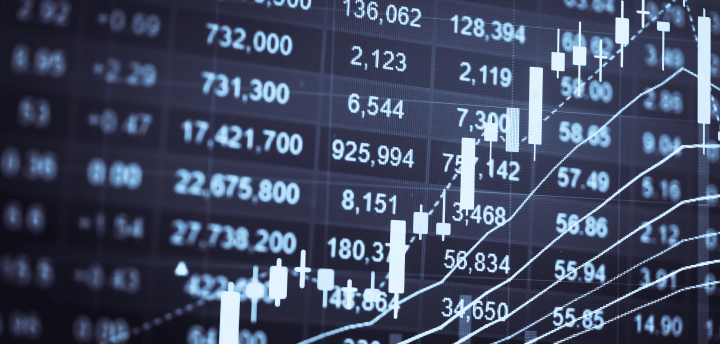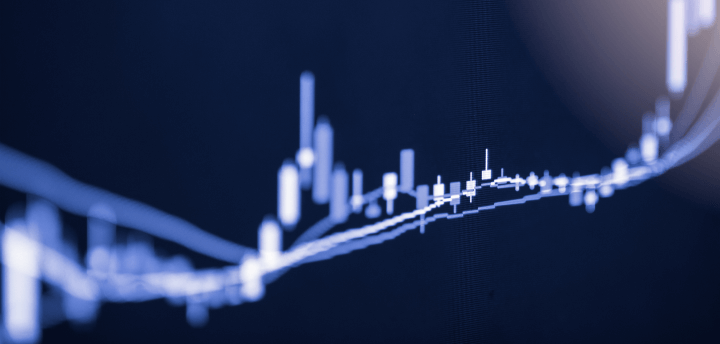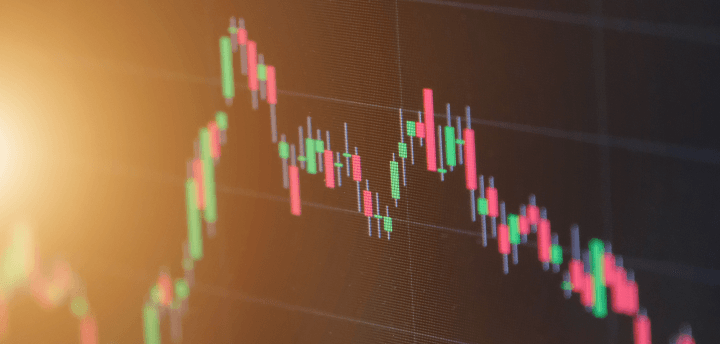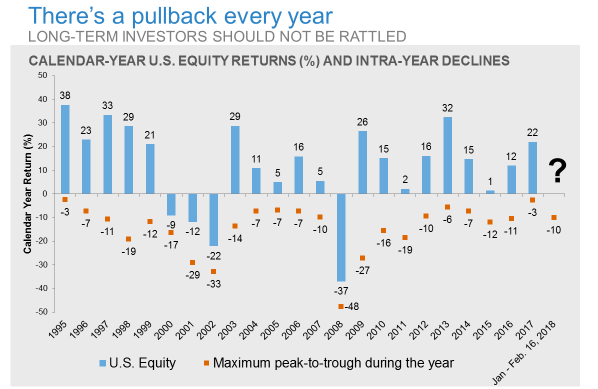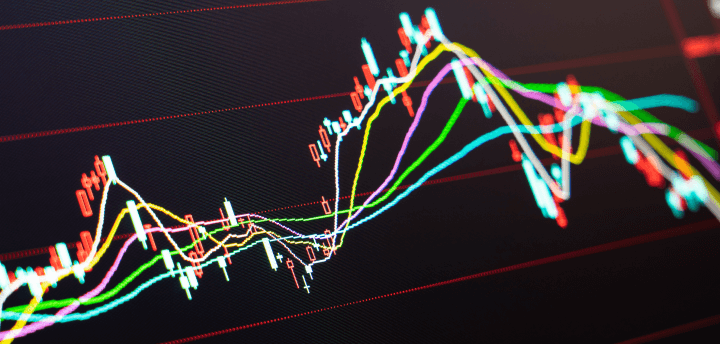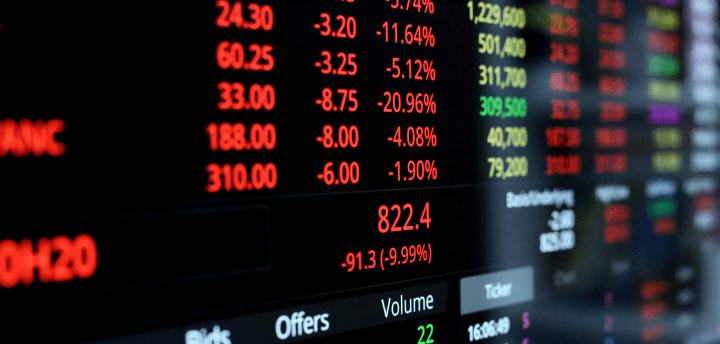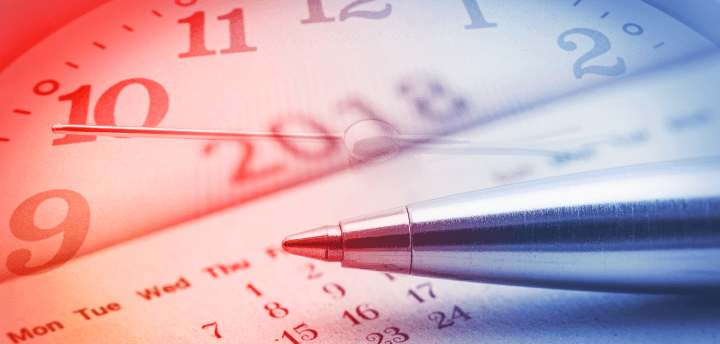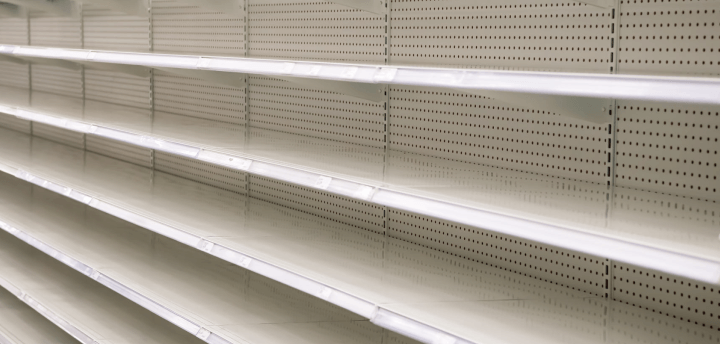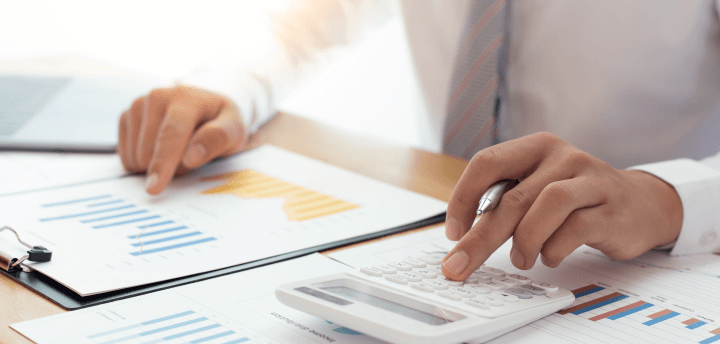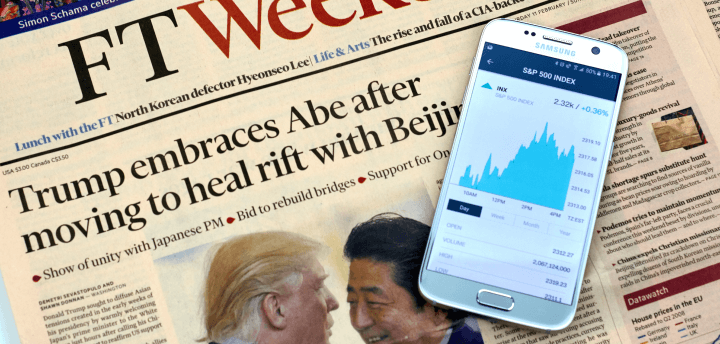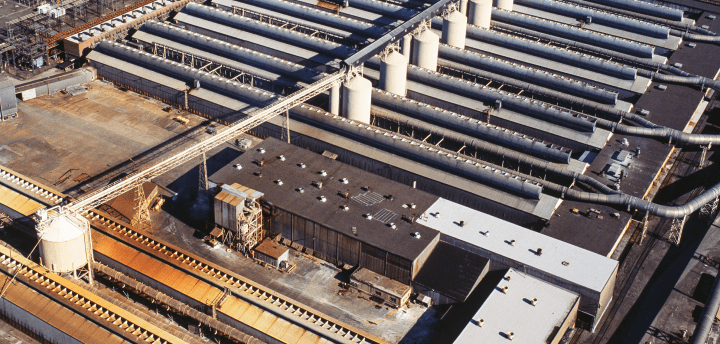Market Overview
In the second quarter of 2020, US equities staged a remarkable recovery from the first quarter’s decline. This rewarded investors who were able to stay invested and stick to their plan. Especially when faced with such volatility, it generally pays to stay positive and keep a long-term perspective.
US Economics and The Coronavirus
While most recent readings on the economy might suggest that the worst may be over, an uneven, but ultimately sustainable, recovery is expected by many over long term. At the moment, though, questions about COVID-19 linger, and there’s uncertainty regarding how businesses and consumers will react to the changing economic landscape. Even with improving employment, weekly jobless filings continue at a strong pace and now total 44 million over the last three months. In the meantime, the rebounding retail sales offset some of the industrial production and factory usage low levels. Moreover, a major infrastructure stimulus plan is now apparently under consideration.
According to Jeremy Siegel, Professor of Finance at Wharton Business School, the virus news continues to be the most important factor for the markets – while the most important economic news is the money supply measures. There was a small dip in the M1 money supply measures in June, but it surged to a new all-time high again. M2 continues to grow to new highs as well. M1 and M2 are the measures of how much money physical and deposited is available in the economy. Usually ample liquidity is positive for economic activity and facilitates economic expansion. While back in the day many would be concerned about potential inflation, these days inflation risk remains subdued, while the benefit from the abundant liquidity is going to be felt throughout the economy during the recovery phase.
Global Economics
According to JP Morgan upbeat May activity readings from China and the US revealed that a strong consumer-led rebound in global growth took hold. News of this recovery is accompanied by a more complete picture of the severe damage done before the turn. Global retail sales volumes and industrial production plunged roughly 50% per annum in the three months through April. The current quarter is still tracking a historic 20% GDP decline even though activity in May looks to have turned earlier and more strongly than expected. Moreover, there is a complex relationship between the depth of the COVID-19 recession and the recovery that is starting to take hold. As lockdowns restricted mobility, demand was delayed. While an early-cycle boost from autos and other durables is common, the consumer spending bounce will be levered by two additional factors. First, there is a great deal of pent-up service sector demand that was restricted by lockdowns and fear (e.g., medical and personal care, household services, and entertainment). Second, fiscal authorities have concentrated their unprecedented stimulus on shoring up household income. Taken together, these supports link the size of the drop in activity to the rebound now taking hold. In turn, the initial jump in demand will lift industry and prompt rehiring. These developments are embedded in JP Morgan’s forecast for global GDP to surge 32% per annum next quarter.
Equity Market Leadership
At the beginning of June we saw a rally in equities driven by a sharp rotation of leadership towards value and cyclicals. In many ways this has been more typical of the kind of rotation that is seen at bear market lows. However, later in the month Large Cap Growth horsemen regained ground, once it became clear that states re-opening will have their bumps due to virus case surges (see graphs below). The market still considers the FAAMNG (Facebook, Apple, Amazon, Microsoft, Netflix and Google) and other large growers as a safe haven and currently these stocks are the recipients of most of liquidity according to the Wall Street Journal. The premise of the argument for continued concentrated Growth leadership is simple – we will have economy growing at a very slow pace in the foreseeable future, hence Value (which does well when the economy accelerates) may continue to lag. However, this argument doesn’t explain why the decent growers (plodders with healthy growth and profitability) lag the horsemen by so much. We think the next phase of leadership should come from either the GARP stocks or Value. The expectations towards the current horsemen are so high that anything going against them could trigger the change, be it a legal action from governments, an unexpectedly strong economy or unexpected competition – newcomers nobody takes serious at the moment. Remember that book seller 15 years ago and the reaction from Barnes and Nobles.
From Empirical’s latest: “Today’s Big Growers are discounting an expectation of low-to-mid-teens annualized earnings growth for a decade. In coming up with that estimate we assumed that even ten years into the future they’ll be valued at a P/E premium to the market of somewhere between +40% to +70%. Historically just under a third of Big Growers have generated earnings growth at that level. In the past inflation provided more of a tailwind than it does now, and while not impossible the embedded expectations look to be aggressive.”





